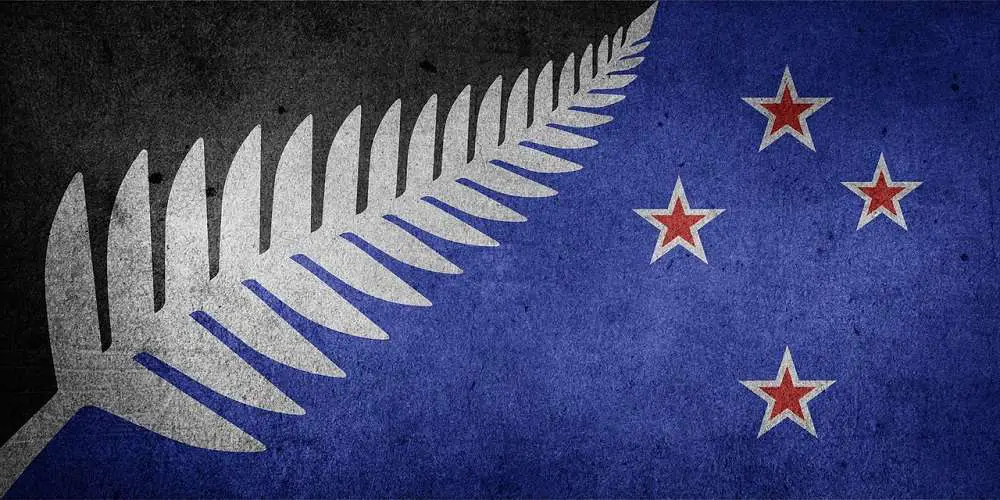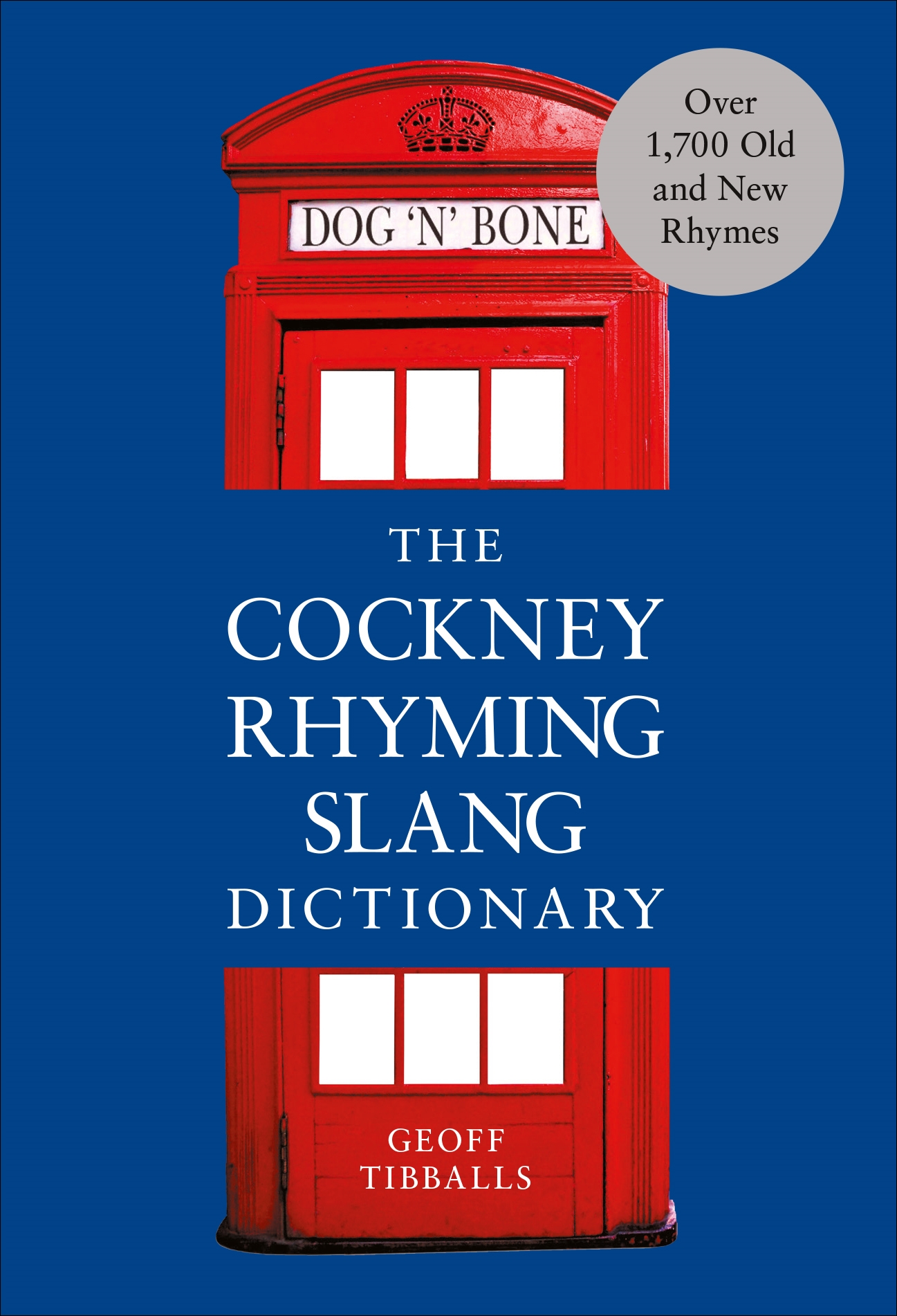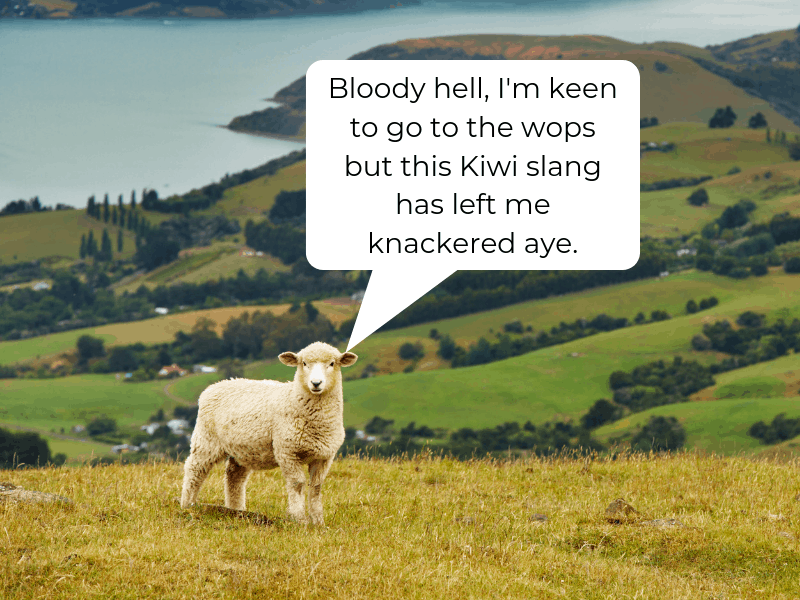
It was believed that the ship’s company of Dutch warships were so cowardly that they needed a glass of schnapps before they would sail out and fight the Royal Navy, which given the level of the Dutch attacks on English ports was simply not true. This unpleasant and dangerous job may have been assigned as punishment for a wayward sailor.ĭummy Run – this term for a practice comes from torpedo training when runs were made with torpedoes fitted with dummy warheads.ĭutch Courage – this term came into use during the 17th century during the Anglo-Dutch Wars. On a ship, dressing down means to Dress or apply a preservative to the rigging.


The word relates to the loud retorts which are heard as the straining sails and sheets are eased.ĭhobey/Dhobi – a sailor doing his personal laundryĭressing Down – the expression for a severe scolding or reprimand came into use in the 1660s. So if a sailor was working on this seam, and perhaps hanging out over the side he was said to between the ‘devil’ (the outermost seam) and the sea.Ĭouple of Shakes – the sailor’s way of measuring a show period of time alludes to the speed with which a sail would begin to shake if the helmsman allowed the ship to head too closely to the wind.Ĭracking On – to ‘crack on’ meant that a ship would set more sail in order to increase its speed. So if the ship was facing a stormy sea, the hatches would be closed tight and covered with a piece of canvas secured by a thin piece of wood called the batten to prevent water entering the ship via the hatchway.īetween the Devil and the Deep Blue Sea – in a sailing warship the devil was the outermost seam between the planks of the deck and hull. It comes from of securing the hatchways, the opening in the deck and their covering was known as the hatch.

it is sinking.īatten down the hatches – this term is used now to mean making preparations if trouble is looming. It has now come to mean taken by surprise or given a shock.Īble Seaman – the term originally was Able Rate meaning someone who was able to “hand, reef, and steer” therefore ‘able’ to carry out all the duties of a seaman.Īll at Sea – one is said to be all at sea if you are in a state of confusion or bewildered – it is derived from the position of a ship that has lost its bearings.Īwash – nowadays this term has a positive connotation, but the term means the precise moment when a ship becomes so submerged that its decks become awash with water. For example, ‘Taken Aback’ – A ship is said to be taken aback when through a sudden wind shift or careless steering the sails billow in reverse. Read a list of naval slang with the relevant definition. Included are details about the modern and currently active Seasprite Helicopters.

Oral Histories The Oral History Project commenced in 1991 as part of the celebrations for the 50th Anniversary of the Royal New Zealand Navy.Places Read about the history of ‘Elizabeth House’ -the home of the Women in the Navy during WWII and ‘HMNZS Tamaki’ – a training establishment for personnel in WWII.Read about ‘HMNZS Gambia’ – the ship known to have fired the last shots of WWII and ‘HMHS Maheno ‘– a hospital ship that carried injured men back home to New Zealand in WWI. Ships New Zealand’s naval ships have undertaken a range of tasks and operations.


 0 kommentar(er)
0 kommentar(er)
